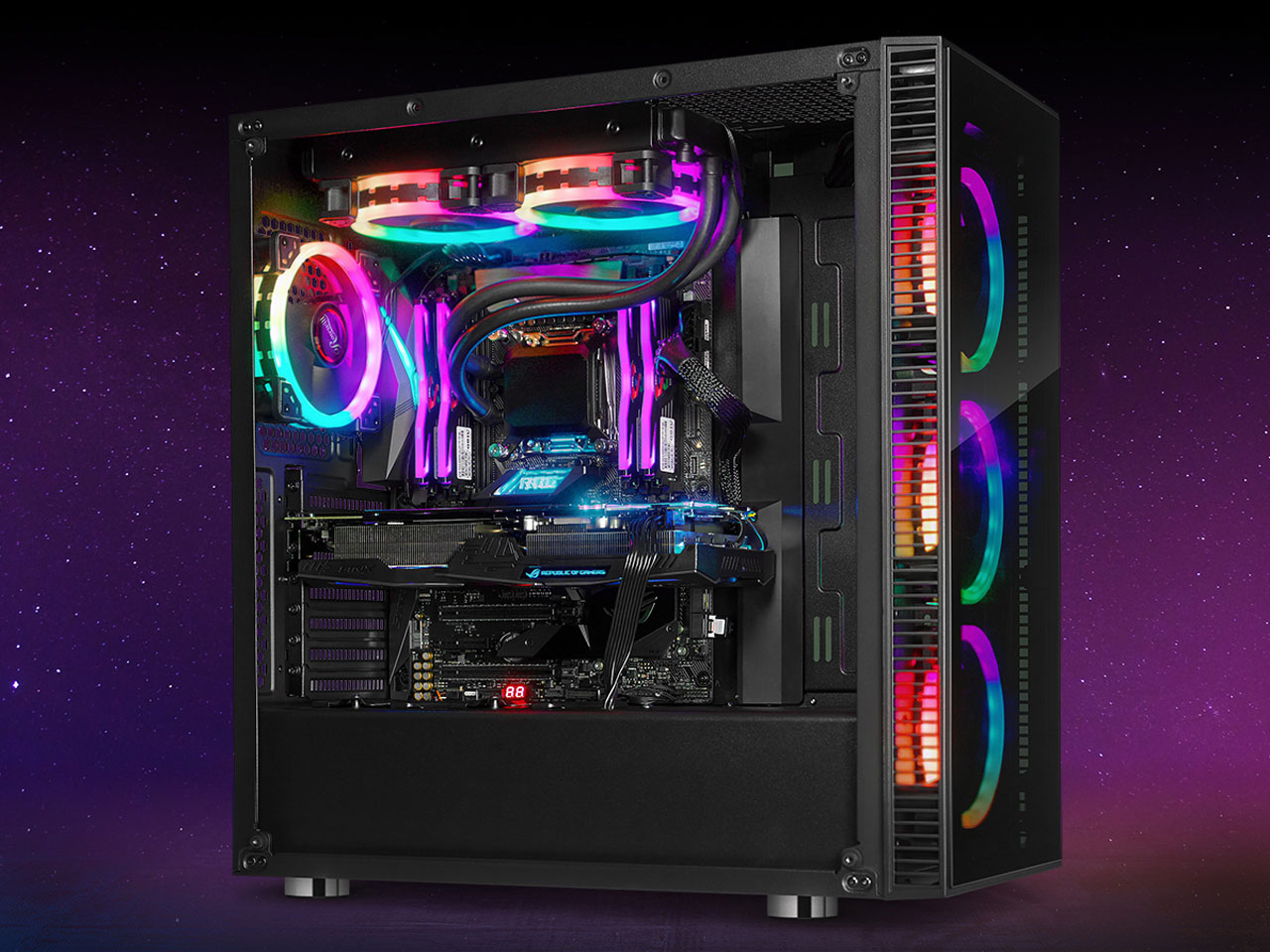Hey everyone, I just purchased and installed some new parts for my rig, one of which is a new Ryzen 7 5800x3d, the issue is that it seems to be running quite hot, ~65-70*c at idle.
This worries me about the lifetime of this CPU, for reference I have a NZXT x73 Kraken AIO using Noctua thermal paste, Everything is seated properly and the AIO is working fine.
I have heard about under-volting a CPU but have never actually done any research on it.
Any tips tricks or straight up tutorials would be greatly appreciated!
Thanks
This worries me about the lifetime of this CPU, for reference I have a NZXT x73 Kraken AIO using Noctua thermal paste, Everything is seated properly and the AIO is working fine.
I have heard about under-volting a CPU but have never actually done any research on it.
Any tips tricks or straight up tutorials would be greatly appreciated!
Thanks


